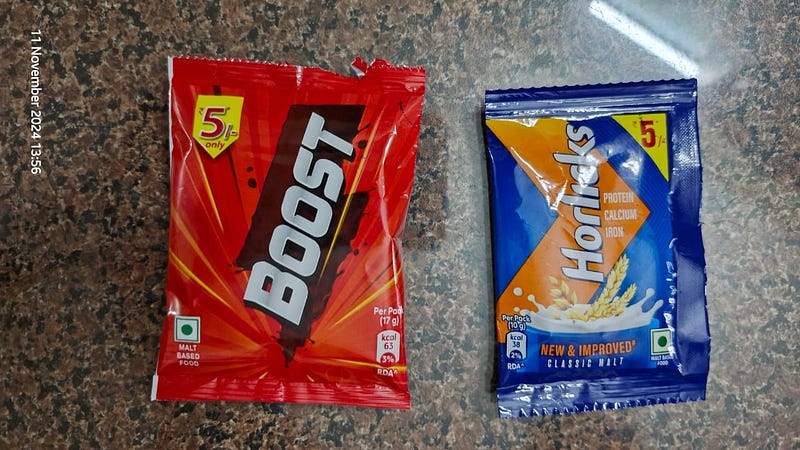Upto 12 lakhs income — “no TAX”. Will it move the markets, I don't think so.
The incumbent BJP Government, known for its love for higher taxes surprisingly gave an income-tax cut for the Indian middle class. On 1st February, Nirmala Sitharaman announced that the direct taxes of people with a salary up to 12 lakhs per year will have zero taxes.
She also mentioned that the losses to the government are approximately 1,00,000 crore per year. Even then the stock markets did not cheer this as the wise investors knew this amount would not get pumped into the capital markets.

Most likely, this amount will be spent by middle-class people to retire debt, pay off old obligations, and park some in their savings accounts. Earlier I thought the consumption might pick up and this could favor the FMCG and services sector, but now I do not think so. The tax cuts are not that huge per person to have a meaningful impact on consumption.

The amount someone can save per year is 20000 for income around 8 lakhs and 40000 for someone with 12 lakhs, which means approximately 1666/month and 3333/month. Rs1666/month could fund broadband + mobile bills of 2 pax. Rs3333/month could cover 400 km/month of car fuel expenditure. Honestly, nothing may even go into grocery shopping, FMCG, consumer durables, or the capital goods sector.
The best advice a middle class person could get is to use these savings to retire a part of his debt/EMI rather than spend buying biscuits, detergents, and cleaning liquids.
I am not saying the government has not done anything. In fact, this is their best effort since 2014. This is the first time that they have cut the taxes. Kudos they did that, but it may not be enough. Let me explain why.
- The government’s popular metric — GST collection is rising, but this does not more businesses are booming. It just means the economy is migrating from an informal to a formal one.
- The quarterly results from FMCG majors were flat. This is after they raised the prices and lowered the quantity offered. 19g of Horlicks was @5 rupees. Now they have reduced the weight of Horlicks to 10g, the price stays at Rs5.

The middle class endured this shrinkflation without complaining. I am quite sure most of them would have borrowed to keep their lifestyle at par, few others would have bought them on credit. So the tax relief will go into fixing these before getting wasted on luxuries.
What they should have done is to bring down the indirect tax rate on essentials, bring down the fuel rates, slash GST on insurance products, or give tax breaks to MSMEs that produce daily-use products. Even if a rule was brought so that individuals can claim the GST input tax credit — it would have saved them more money than an income tax cut. Indirect taxes are regressive in nature. Usually, the people at the bottom of the ladder end up paying more taxes per income.
To have an avalanche effect on consumption, the tax bracket that needed revision was the 15 to 25 lakh category. These are the sections of the population that spend money in the markets without looking at the price tags or its “value-for-money” utility. These are the likes of people who buy a coffee for Rs350 and don’t mind buying a shoe for Rs20000. They always prefer to spend money to upgrade their lifestyle even if that entitles them to buy products that they really don’t need.
On a closing note, I still think that the current tax cuts are a good start to show that the central government is open to hearing the common people’s voices. Open to suggestions and feedback and responding with something that can keep their lip’s sealed. Most importantly, this should suppress the hate and criticism on social media.
The new direct tax codes will be published in a week and I will create a separate post once it’s out.
